If my knees crack every time I stand up, does that mean I’m officially old? Asking for a friend.
For a long time, I thought mobility work was optional—something you did when you had extra time (which, let’s be real, never happens). But after dealing with my fair share of stiffness and nagging aches, I’ve learned that mobility is just as important as strength and endurance. If I want to keep training, competing, and feeling good in my body for years to come, I can’t afford to ignore it.
So, I’ve made mobility a non-negotiable part of my routine, and I can honestly say it’s a game-changer. If you’re an athlete—whether competitive or recreational—you need to be doing this, too.
What is mobility (and why should you care)?
Let’s clear this up: mobility isn’t the same as flexibility.
- Flexibility is how far your muscles can stretch
- Mobility is how well your joints move through their full range of motion with control
Both of these factors help with athletic performance. Stretchy muscles do play a role in supporting mobility so if you have good mobility, you’re also pretty flexible. But the opposite isn’t always true: you can be flexible and still have terrible mobility. That’s why just stretching your muscles isn’t enough—you also need strength, joint stability, and proper movement patterns.
Why I prioritize mobility in my training
When I was younger, I used to skip mobility work all the time. Now that I’m in my 40s, I make it part of my daily routine. Here’s why:
1. It makes my workouts feel better
Ever feel like your squats are too shallow? Or your shoulders feel tight during overhead lifts? That’s mobility at play.
When my joints move better, everything else improves—my lifts feel smoother, my runs feel stronger, and I recover faster.
2. It helps me avoid injuries
I’ve been there—training hard, feeling strong… and then, out of nowhere, a nagging pain that won’t go away.
A lot of injuries come from poor movement patterns and restricted mobility. The more I work on mobility, the fewer aches and pains I deal with.
3. It keeps me from feeling like the rusty Tin-Man
You know that feeling when you wake up and your body is just… stiff? Yeah, me too.
Spending just 10-15 minutes a day on mobility has made a huge difference. I move easier, I feel looser, and I don’t sound like a creaky door every time I get off the couch.
4. I want to be active in my 80s
My goal isn’t just to be strong now—I want to be able to run, lift, and play sports for decades. If I don’t take care of my joints now, I’ll pay for it later.
Mobility is the difference between moving well and being independent in my 80s or needing assistance for simple daily tasks.
My go-to mobiity exercises
You don’t need to spend an hour a day doing mobility work. Just a few key exercises can make a massive difference. Here’s what I do regularly:
1. 90/90 Hip Stretch (for hips & low back)
Tight hips? This one is for both of us. Here’s how to do it:
- Sit on the floor with one leg in front bent at 90 degrees and the other leg behind you at 90 degrees. The outside knee of your front leg should be on the floow, while the inside knee of the back leg should be on the floor.
- While keeping your chest tall and spine long, lean forward toward your front knee. To level up, try lifting your back foot off the ground.
- Hold for 30 seconds and then switch sides without taking your butt off the floor. This will require some core strength to move your lower body while keeping your upper body upright.
2. Thoracic Spine Rotations (for upper back and shoulders)
If my back feels stiff after lifting or sitting too long, this helps open everything up. This is also a great warmup before an upper body workout, training session or competition. I do this before I play volleyball before I warm up my shoulders for hitting, serving and blocking Here’s how to do it:
- Get on all fours, with one hand placed on the back of your head.
- Rotate your elbow toward the ceiling, and open up your chest. Then bring your elbow down and to the opposite wrist.
- Repeat 8-10 times per side, pausing for 3-5 seconds in each position.
3. Banded Ankle Mobilizations (for ankles and squat depth)
Ankle mobility is incredible important for better squat form, running mechanics and overall movement. It can also significantly reduce the risk of knee injury. Here’s how to do banded ankle mobilizations:
- Loop a resistance band around your ankle and anchor it to something sturdy (I like to use the upright pole of the squat rack).
- Step back away from the anchor point to create tension, then drive your knee forward over your toes.
- Repeat 10-12 times per side.
My favorite mobility tools
Over the years I’ve tried almost every mobility tool that’s ever been on the market. I have quite the collection but I find that I only use a few of those tools consistently. Here are the ones that I’ve consistently used over time:
Foam Roller – Perfect for releasing tight muscles and improving circulation. This is the one I use. I have 2 of these – one to use at home and one to bring with me to the gym or to volleyball. I’ve even traveled with this one!
Lacrosse Balls – These are the perfect hardness and size for rolling out deep knots in hips, glutes, shoulders, and feet. They’re also very inexpensive (these ones are only $4 each). I have several of these in my volleyball bag, gym bag and multiples at home. If you have a large dog who loves playing with balls, make sure to keep these away from them because they can get slimy from their saliva and could get stuck in their throats.
Resistance Bands – these are a must have for joint mobility and stability drills – especially the lower resistance ones. Some gyms have these available for you to use, but I wouldn’t trust the integrity of them. They get used often and don’t get checked often enough for tears (those tears can cause them to snap while under tension). Even though I mostly use the yellow and red ones for mobility, I keep a full set of these in my gym bag, a couple of them in my volleyball bag to use during warmup, and have another full set in my home gym. I’d also recommend replacing these every couple of years if you use them often.
How I stay consistent with mobility
Let’s be honest—mobility only works if you do it consistently. I used to forget about it all the time, but I’ve found some easy ways to fit it in:
- Before workouts - Add 5-10 minutes of mobility as part of your warmup
- Post-workout cool down - A few minutes of stretching and joint work is a great way to cool down, and will enhance recovery
- Daily movement breaks - If I'm sitting a lot (which I do on weekdays), I do some quick hip mobility drills throughout the day
- Evening wind down - A few mobility drills before bed helps my body (and brain) relax and promotes more restorative sleep
Want accountability? Join my free HGA Challenge!
If you struggle to stay consistent with mobility work (or just need a little friendly competition), the HGA Challenge is perfect for you. It’s designed to help us build daily habits around movement, mobility, and mindset—so we stay strong, flexible, and injury-free. This challenge includes:
- Daily movement, mobility and mindset challenges
- Expert guidance to keep you on track
- A supportive community of like-minded athletes
Final thoughts: Mobility is the key to long-term performance
I get it—mobility work isn’t the most exciting part of training. But if you want to keep moving well, avoid injuries, and perform at your best, it needs to be a priority.
The best part? It doesn’t take much. Just 10-15 minutes a day can make a huge impact on how you feel and move.
So, what’s your biggest mobility struggle? Tight hips? Stiff ankles? Can’t touch your toes? Drop a comment below and let’s chat!
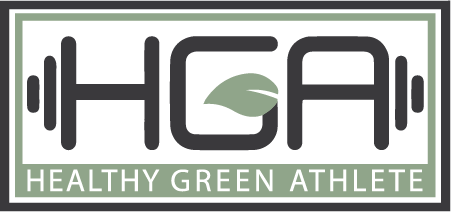
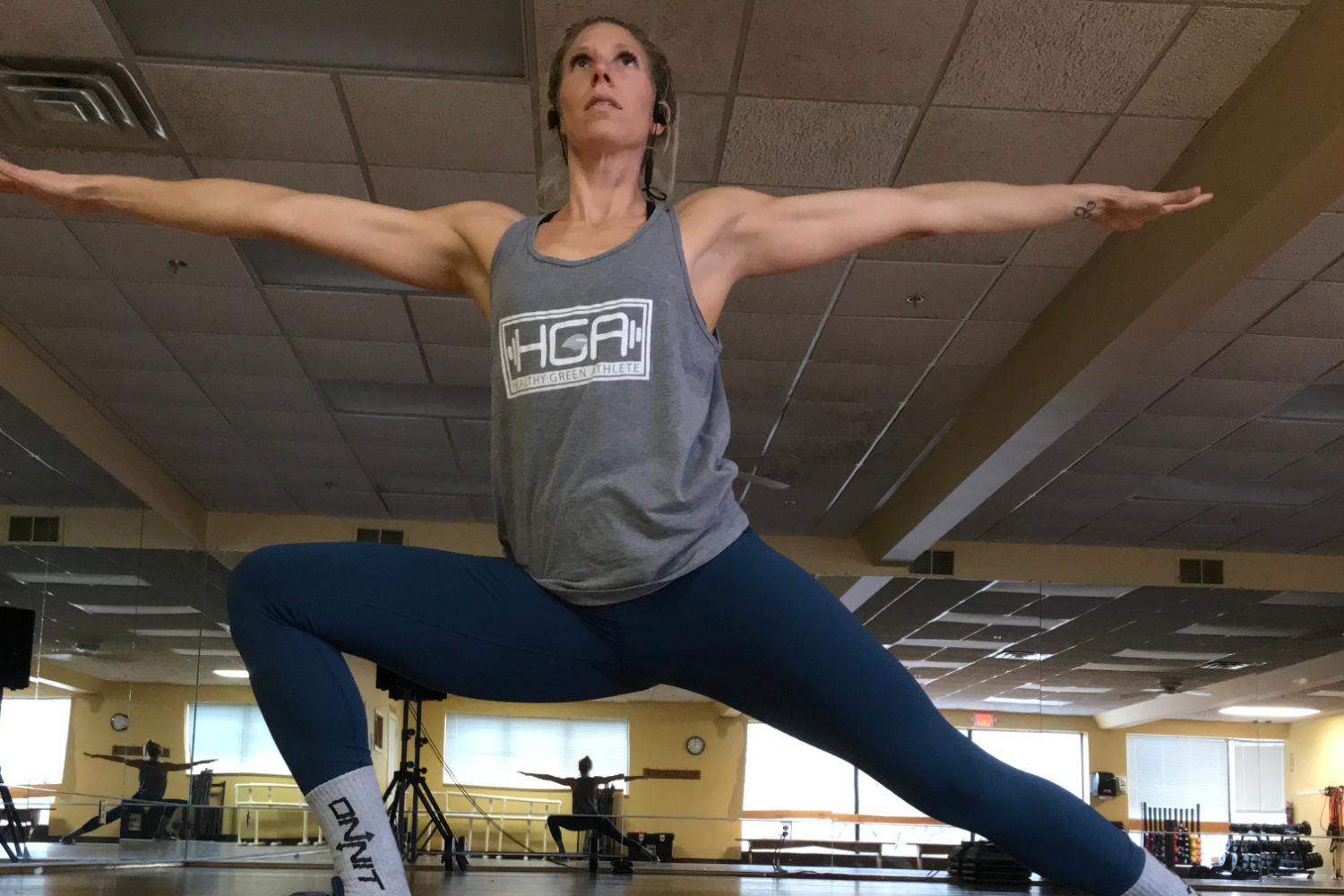
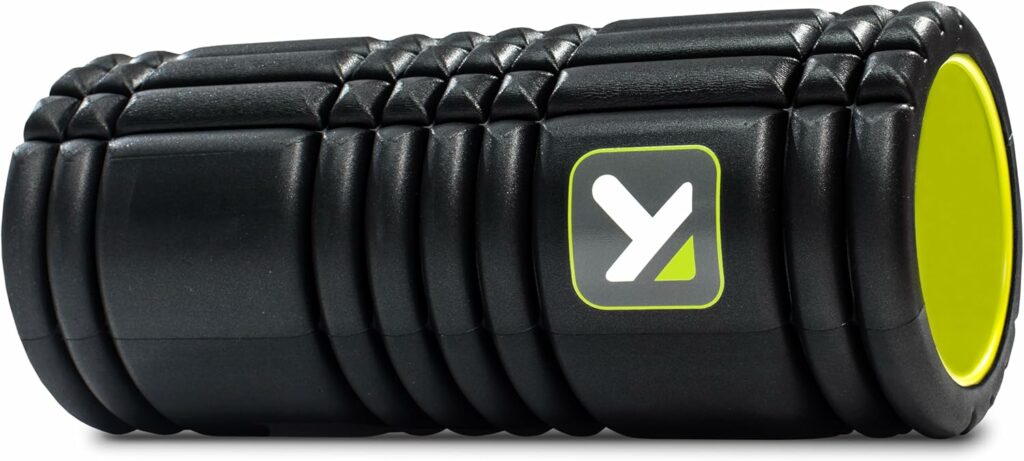
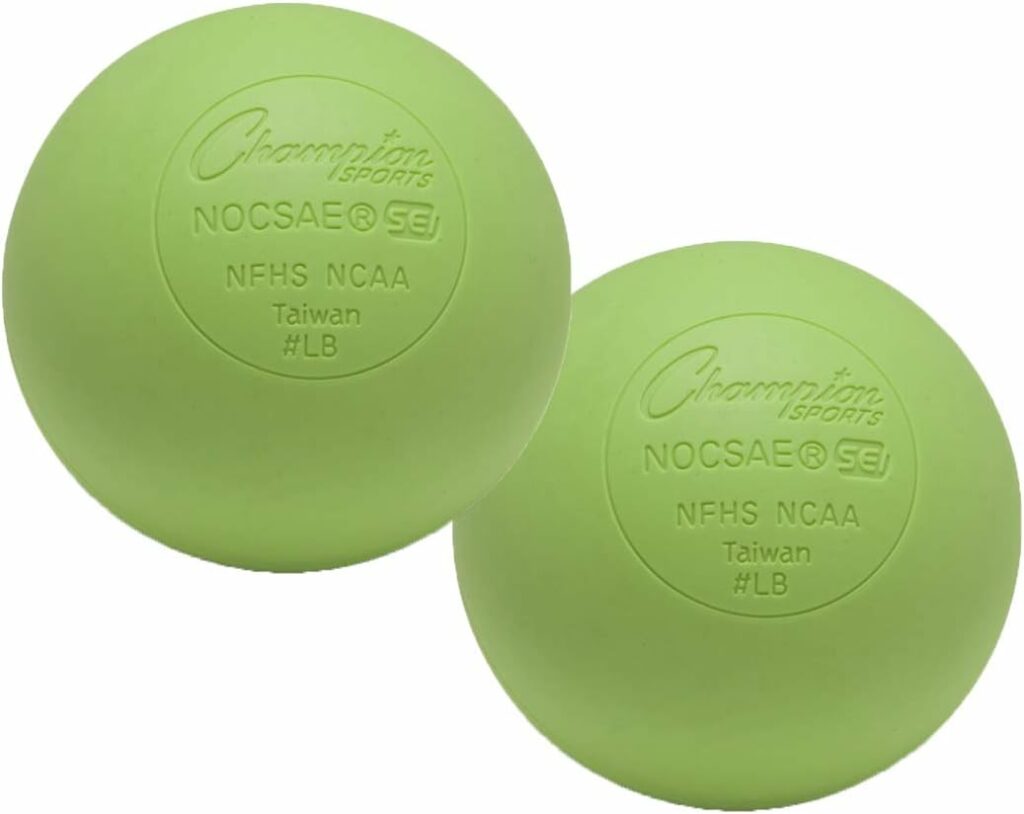
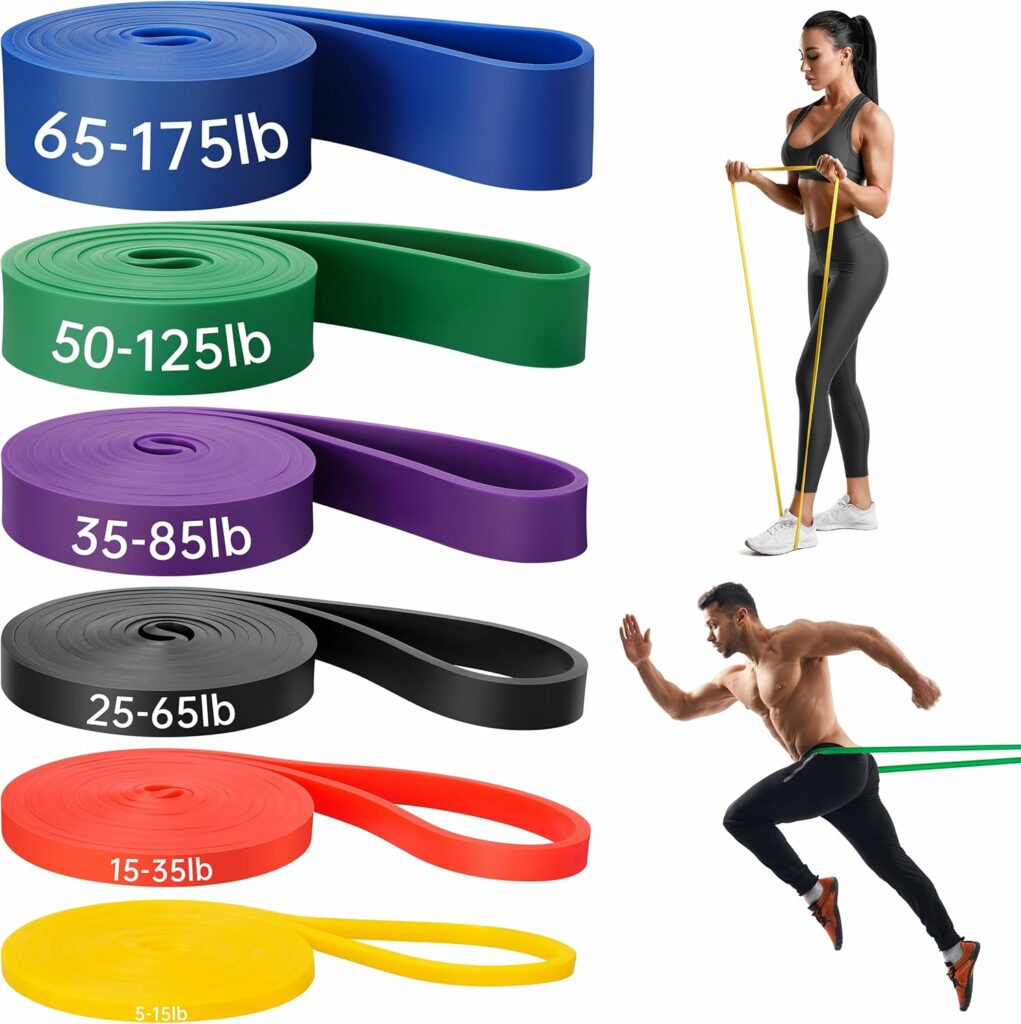
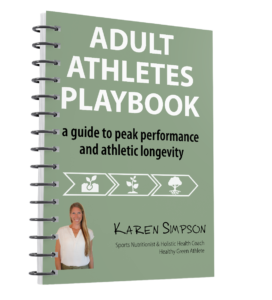

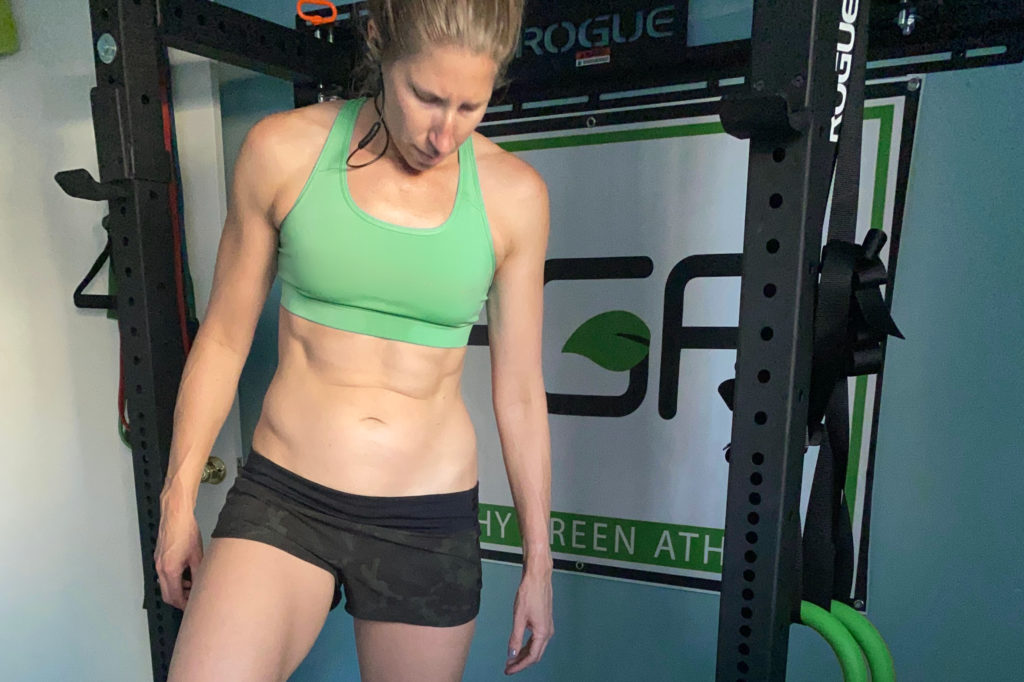

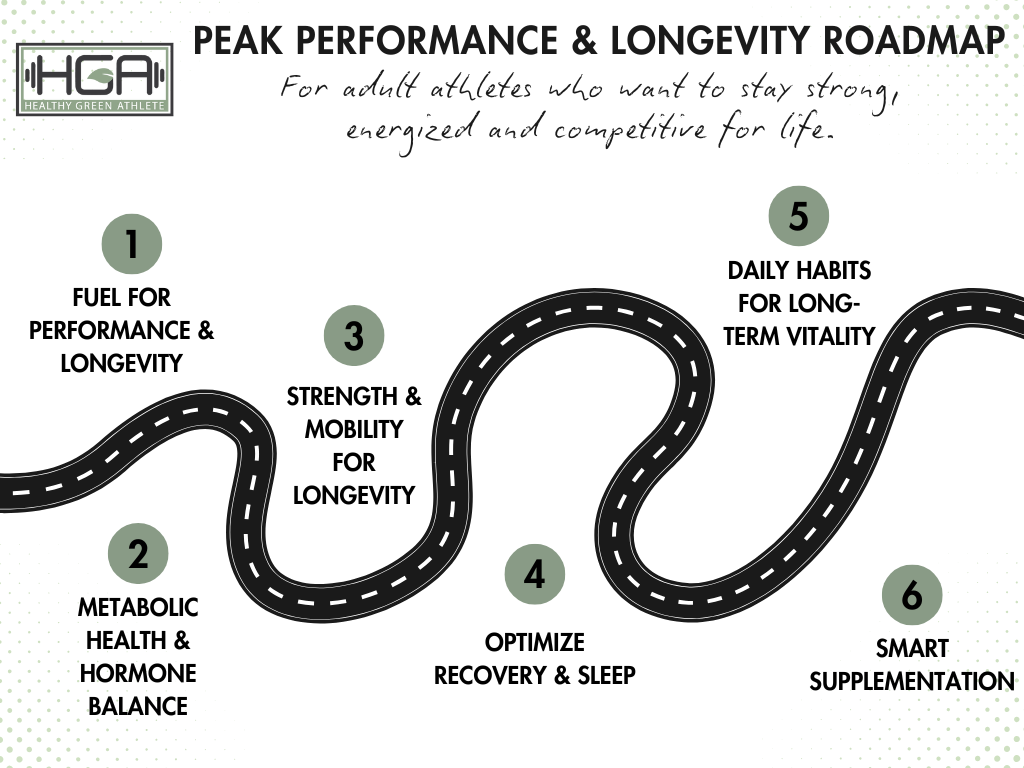
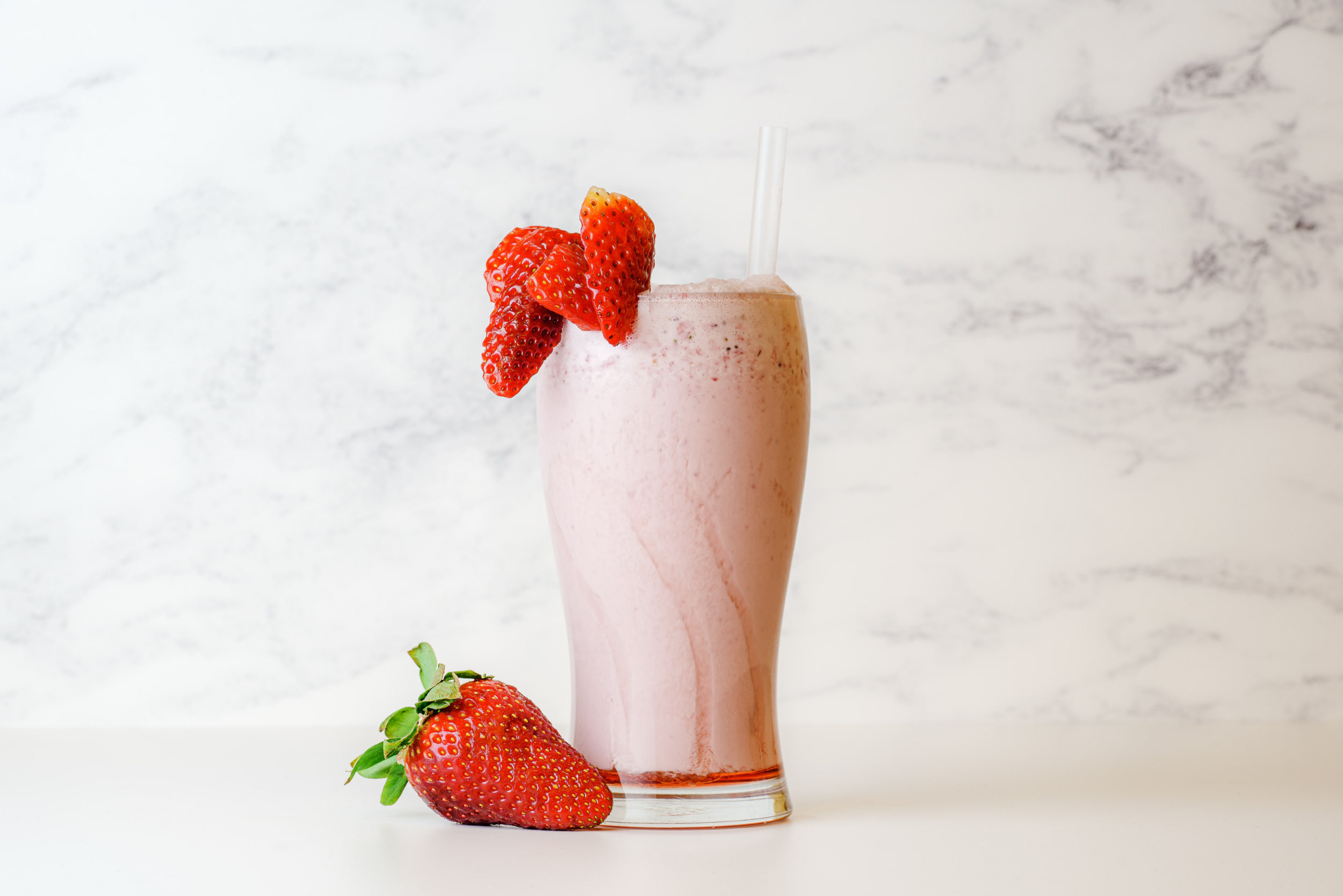
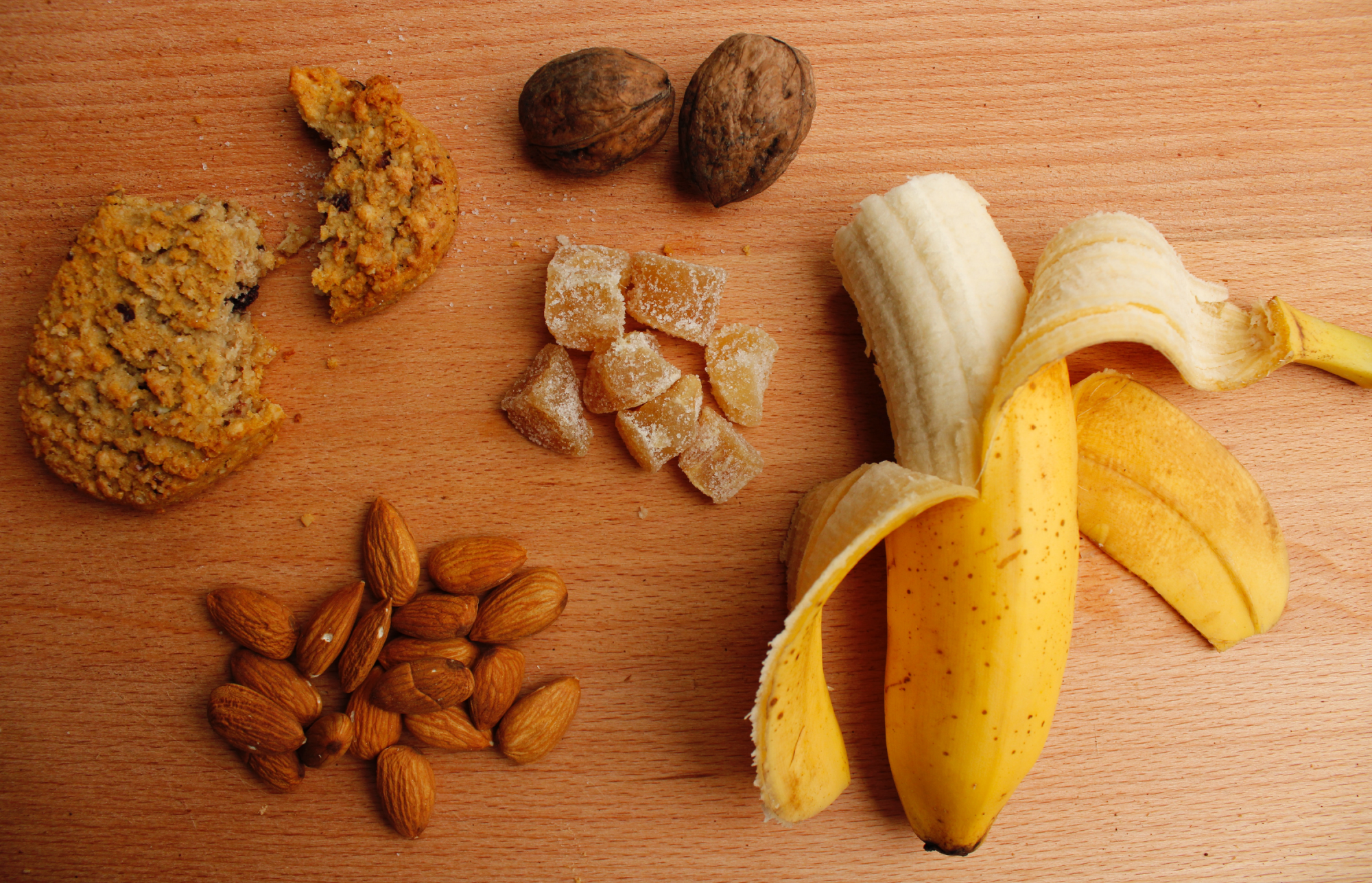


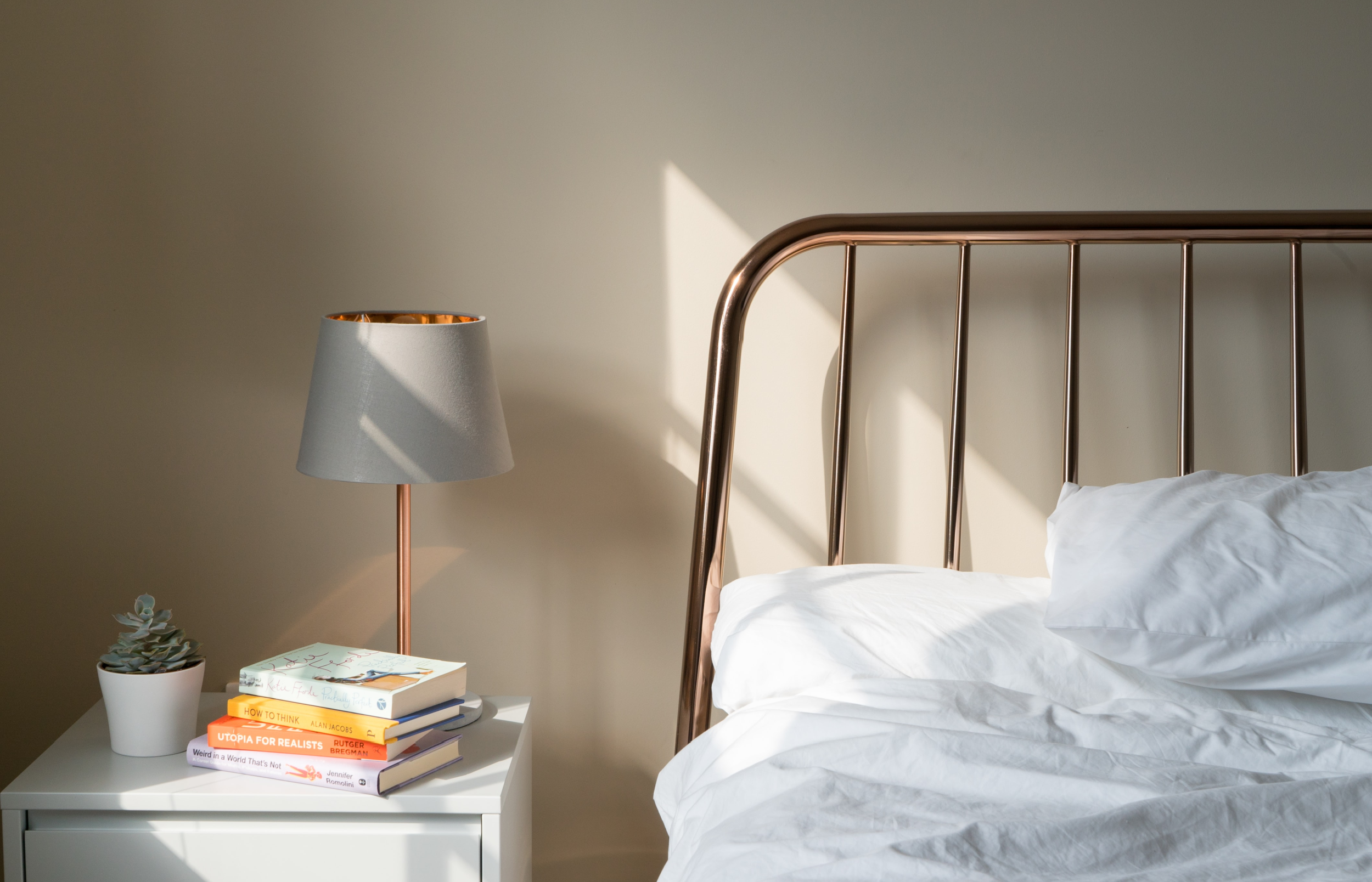

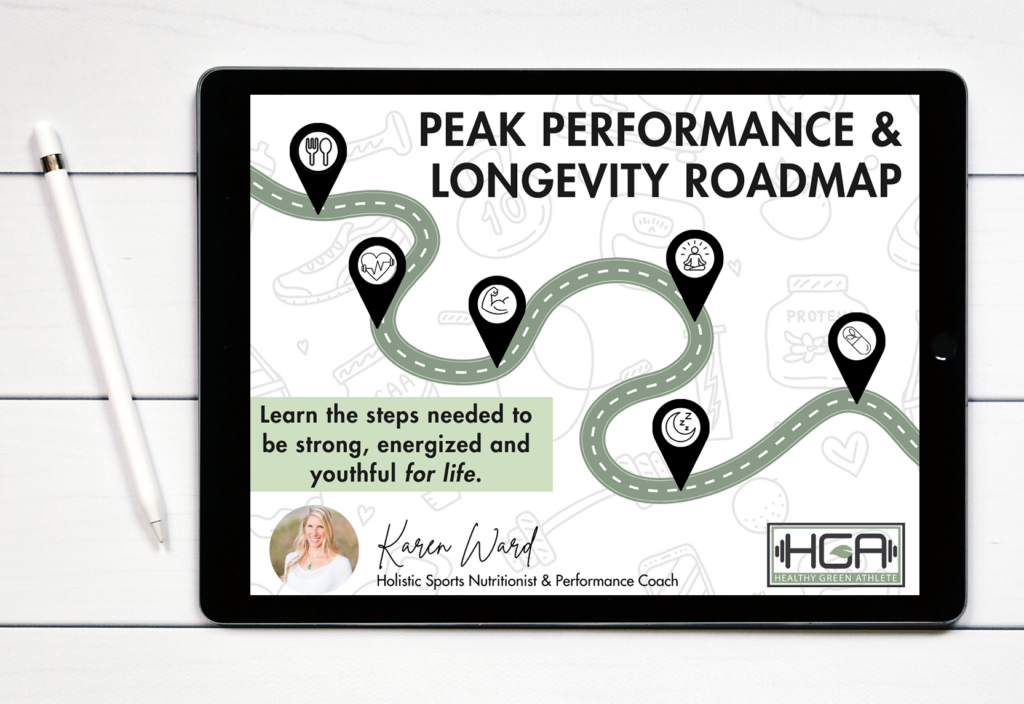
One Comment
Pingback: